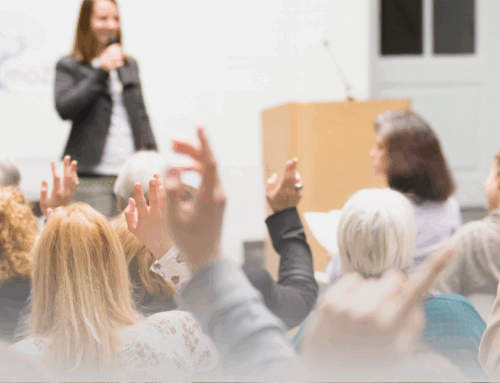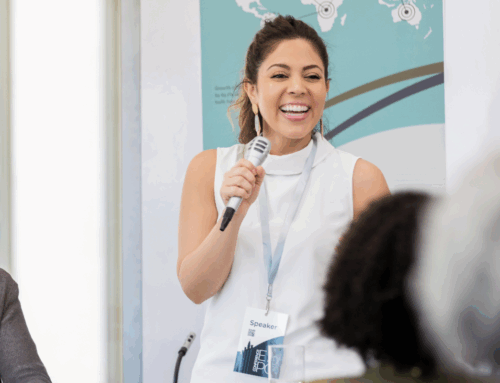How good are we at reading each other’s body language? This is an essential question for communication, since we convey content with our words, primarily, and intent with our body language – facial contortions, hand gestures, motion, and so on. And we humans care about intent even more than content, because intent can either reinforce or subvert content.
We don’t really know what each other is saying until we understand the intent as well as the content. For example, one may say to a colleague, “nice job,” and mean a whole range of intent with that simple comment, from “I liked what you did,” to “I hated what you did.” Intent is crucial.
One of the most debated areas of intent is decoding whether or not someone is lying. An enormous amount of human effort has gone into increasing our ability to detect liars. There has been a ton of research, the FBI and the CIA (and no doubt the intelligence programs of most other countries) have studied the problem extensively, the great Paul Ekman devoted much of his research to it, and any number of training programs have been developed that purport to increase our accuracy in detecting lies.
What has been the outcome of all this research? A study of lying studies determined that we humans, after all the effort, are only about 54 percent accurate in detecting liars. That’s only slightly better than random guessing, or coin flipping.
The same researchers tested research subjects who watched videos where some of the speakers on the video were lying and some telling the truth. The volunteers caught the liars only 43 percent of the time and verified the truth-tellers only 48 percent of the time. That’s worse than flipping a coin!
Then, the researchers tested the unconscious readings of the volunteers by testing how likely they were to associate the people they had viewed on the videos with either words related to lying or words related to truth-telling. The subjects did much better. When your unconscious goes to work, the results are much stronger. You have a better-than-chance likelihood of associating lying words with liars and truth telling words with truth-tellers. Your unconscious mind is much better at this than your conscious mind.
Here’s a quick way to systematize the work of the unconscious mind so that you can get to work right away improving your lie detection. First of all, don’t look for specific ‘tells’. Look at the whole face and body, going soft focus, and ask yourself, sincere or insincere? Then let your unconscious go to work. You’re trying to pick up whether the whole picture adds up to a consistent expression or reveals some inner tension, some discomfort. For example, is the mouth set in a smile, but the eyes are cold? Insincere. Are the eyes fixed on you with beguiling stillness, but the hands are nervously intertwining? Insincere. But again, don’t look for those specific gestures, because body language is so infinitely various. Go for the total picture, the overall impression.
You don’t want to focus too much on specific gestures, but rather let your unconscious mind pick up on the general situation. If you look too much at the eyes, for example, you may miss the fact that the head is turned down and to one side. So again, ask yourself, Is this person sincere or insincere? And then take in the whole person. You’ll be able to tell most of the time.









Leave A Comment